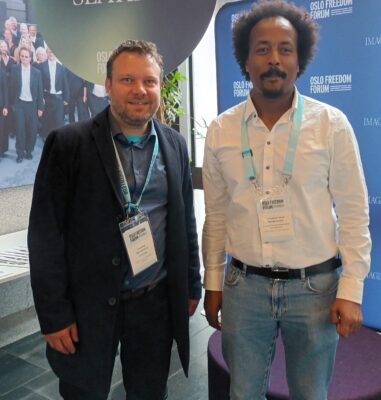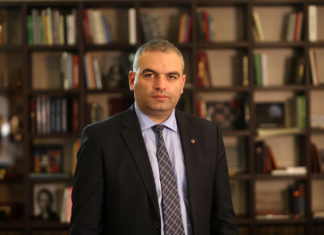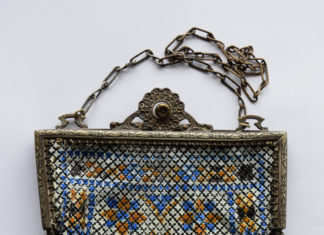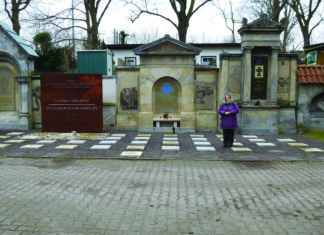By Arthur Hagopian
SYDNEY, Australia — For three centuries, sleuths, scholars and conspiracy advocates have extrapolated over the identity of the “Man in the Iron Mask,” the enigmatic prisoner of the notorious Bastille.
Ever since the legend was immortalized in the opus of the great French writer, Alexandre Dumas, who wrote a book by the same name, speculation about who the prisoner was, has been rampant, truth and fiction becoming convoluted, their intermingling making it difficult to give credence to Dumas’ tale of treason and intrigue.
The prevailing myth held that the prisoner was a secret twin of the French “Sun King” Louis XIV (1643-1715). And last year, French cryptanalyst Etienne Bazeries claimed to have decoded a cipher which purportedly revealed that the man in the iron mask had been a military officer, identified as Vivien de Bulonde, who was punished for his cowardice in the face of advancing Austrian troops by being forced to wear an iron mask.
But lingering in the forgotten annals of one of Armenia’s greatest historians, Maghakia Ormanian (1841-1918), lay a more esoteric plausibility: it is palpable, in fact more than possible, that the prisoner of the Bastille was actually an Armenian clergyman, a prince of the Armenian Apostolic church, a lineage paralleling the royal pedigree of Dumas’ protagonist prince.
Both princes were contemporaries. Like the fictional twin, the Armenian was an innocent, a victim of political machinations, held in the Bastille and subjected to cruel and abusive punishment. Dumas’ Man in the Iron Mask could thus have easily been inspired by the tale of the misadventures of the Armenian.






